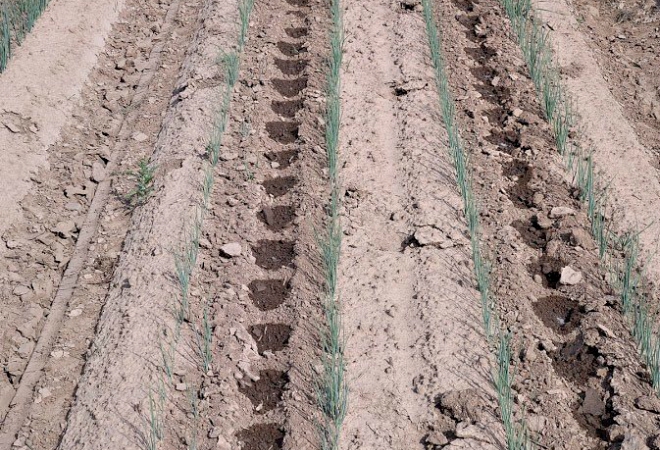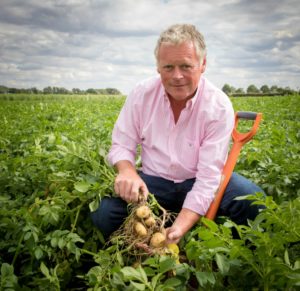
Drip, VRI, drones among advancements in irrigation
Water availability and water quality make up what is a two-headed monster facing growers around the world, particularly in the Pacific Northwest.
Irrigation technology continues to advance, but finding efficient and effective — more importantly, cost-effective — ways to keep potato plants properly irrigated is a never-ending issue.
“Water challenges including lowering groundwater levels, shorter watering windows, power costs increasing and in some areas water quality is getting worse,” said Patrick Gibson, media and trade show coordinator for Senninger.
Washington, for example, has more acres to grow potatoes, but a canal system that would supply dry lands 100 miles away just isn’t financially feasible, said Washington State Potato Commission executive director Chris Voigt.
“It would be about a $5- to $8-billion irrigation project,” Voigt said. “There just isn’t money in growers’ pockets to do something like that or the federal government’s pockets.”
Growers have little control over how much water is available to them, so they are on an ongoing quest to make the most of what they have.
Drip irrigation advancements

Developments in drip irrigation are promising, although the technique has a reputation for being expensive and time-consuming to manage, according to Andrew Howseman of Howseman Agriculture in the UK, who has been at the forefront of drip irrigation technology in recent years. Therefore, drip has been slow to take off with potato farmers.
Howseman, who was recognized for his work as the 2018 recipient of the British Farming Awards’ Gold Winner for Contractor Innovator honor, said much has changed in the past two years.
“Drip irrigation has been underutilized by growers for several reasons as it is perceived as expensive, is more labor intensive at planting and more maintenance is required,” he said. “We have addressed all of these factors and through careful application of labor-saving techniques and development of specific equipment we have been able to make the installation and commissioning of drip irrigation systems more user-friendly. We now have a system, which is comparative to conventional irrigation in terms of costs.”
Howseman said that cost is about one quarter of what it was two years ago.
“Although automation has been very slow in drip irrigation systems this is now changing and the cost is reducing,” he said. “Systems that were circa £40k (roughly $45,500) two years ago are available for around £10K ($11,400) now. This will help to speed up adoption of these systems.
Howseman feels the company’s drip tape approach will take the next step in popularity among farmers because of its targeted application, which makes it ideal for nutrition and pest-suppression application.
VRI, drone use on rise
Precision watering techniques, including drip and also variable rate irrigation (VRI), are on the rise, Gibson said, but in combination with other techniques, too.
“We are seeing changes now in regards to an increased interest in remote monitoring and soil prescriptions used in conjunction with VRI,” Gibson said. “A lot of growers are using weather stations and soil moister monitoring devices to create real time ET data (evapotranspiration) to make-on-the-fly adjustments to irrigation cycles.
He added that sensor-carrying drones are being utilized more often in farming, which can alert growers to changes and overall field health more effectively.
Whatever means of irrigation growers choose, Gibson stressed the importance of continual equipment monitoring and maintenance.
“Maintaining proper pressure regulation across a mechanized irrigation system is the key to even water distribution and crop health,” he said. “Growers or their irrigation equipment dealers should be checking pressure regulators every few years to insure they are operating within the manufacturers specs and if not, the improperly functioning regulators should be replaced to maintain system integrity.”














